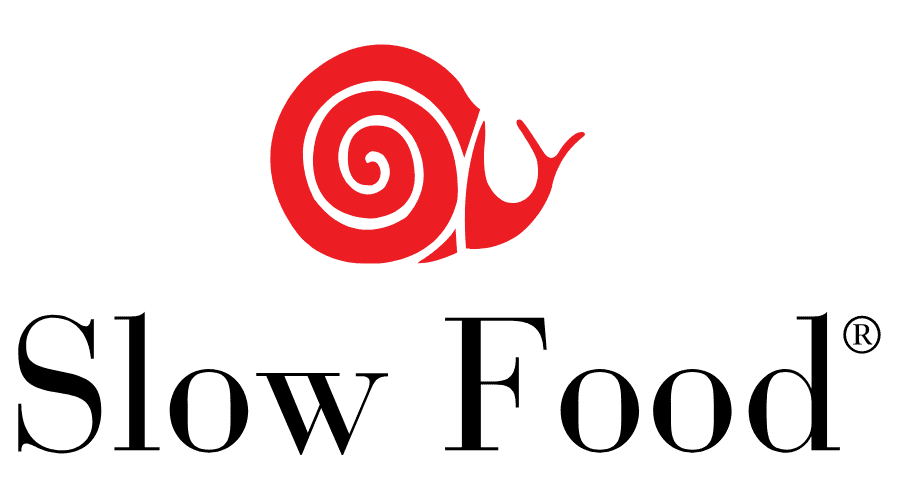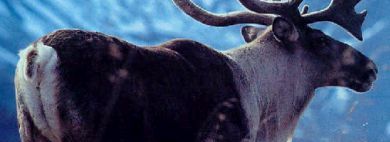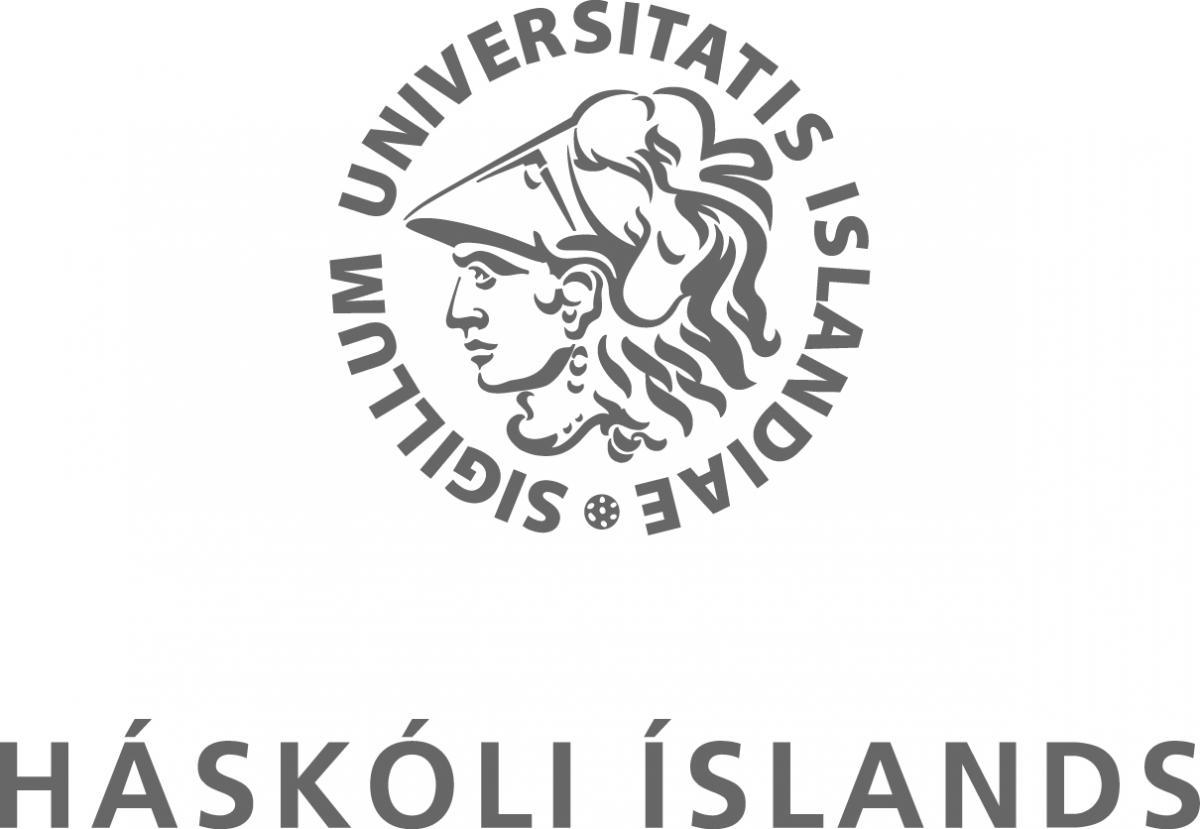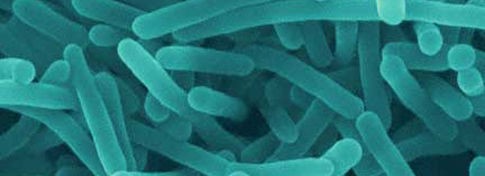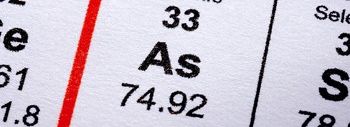Doctoral defense of Matís employee in food science from the Faculty of Food and Nutrition at the School of Health Sciences, University of Iceland.
Improved sensory quality of seafood for the consumer
Sensory quality characteristics of different cod products and consumer tastes
Doctoral dissertation in food science from the Faculty of Food and Nutrition at the School of Health Sciences, University of Iceland
On Friday 25 September, a doctoral defense from the Faculty of Food and Nutrition at the University of Iceland will take place. Kolbrún Sveinsdóttir, a food scientist, is defending her doctoral dissertation "Improved seafood sensory quality for the consumer - Sensory characteristics of different cod products and consumer acceptance". Opponents are Dr. Margrethe Hersleth from Nofima Mat and the Norwegian University of Life Sciences and Dr. Wender Bredie Professor at the University of Copenhagen. The supervisors of Kolbrún and the doctoral committee were the following Emilía Martinsdóttir MSc, subject manager at Matís, Dr. Grethe Hyldig Aqua, National Institute of Aquatic Resources at the Technical University of Denmark (DTU), Dr. Conor Delahunty of the Food and Nutrition Institute of Australia (CSIRO), Dr. Sjöfn Sigurgísladóttir, CEO of Matís and Dr. Inga Þórsdóttir Professor at the University of Iceland.
Dr. Ingibjörg Gunnarsdóttir, associate professor at the Faculty of Food and Nutrition at the University of Iceland, will chair the ceremony, which will take place in the University's Celebration Hall in the Main Building and will begin at 13:00.
Matís provided facilities for Kolbrúna and her research, but the research belonged to a large project or program, SEAFOODplus. Matís and the University of Iceland were participants in SEAFOODplus, which was funded by the 6th Framework Program of the European Union. Kolbrún's research was also funded by the AVS Fisheries Research Fund.
Abstract from the study
The positive effects of fish consumption on human health are well known. Despite this, fish consumption in Europe is lower than recommended by the health authorities. Sensory qualities, such as appearance, smell, taste and texture, have a great impact on consumers, as well as many other factors that shape experience, taste, etc. The aim of the study was to define the sensory quality characteristics of different cod products. The aim was also to examine consumers' tastes for cod products, taking into account attitudes, demographic factors and the location of consumer tests.
The results of the study provide detailed information on the quality characteristics of cod products. Sensory evaluation of cod products showed, among other things, how treatment affected quality characteristics. Grade scales developed in Kolbrún's project can be used as a basis for shelf life research, product development or for quality control in the fishing industry. By linking information on sensory quality factors, consumer tastes, attitudes and practices, important information is obtained for marketing seafood and for health authorities. that fish consumption recommendations be better followed in many parts of the world. The doctoral dissertation is based on five scientific articles that are published or approved for publication in international peer-reviewed journals.
About the doctoral dissertation
Kolbrún Sveinsdóttir was born on October 6, 1974 in Reykjavík. Kolbrún graduated from Kópavogur High School in 1994 with a bachelor's degree in food science from the University of Iceland in 1997. She then completed a master's degree from the University of Iceland in 2000. Kolbrún began her doctoral studies at the University of Iceland in 2004. She has worked for Matís as a food scientist since 2000 in the field of sensory evaluation. Kolbrún is the daughter of Sveinn Kristjánsson, a teacher, and Aðalheiður Edilonsdóttir, a housewife. She is married to Guðmundur B. Friðriksson, an environmental engineer, and they have three children, Kristján Leó, Ísak Máni and Heiðrún María.
For more information
Kolbrún Sveinsdóttir, 422-5079, e-mail: kolbrun.sveinsdottir@matis.is
Emilia Martinsdóttir, 422-5032, e-mail: emilia.martinsdottir@matis.is



